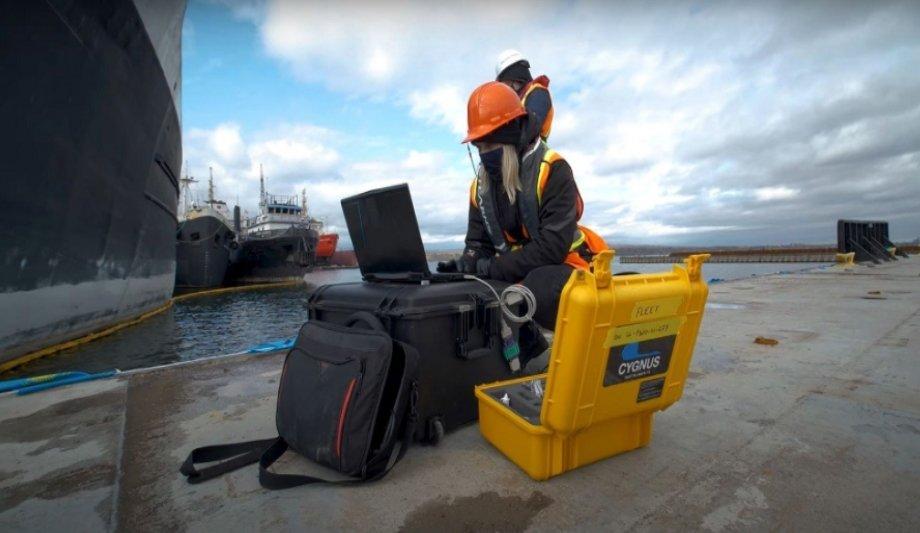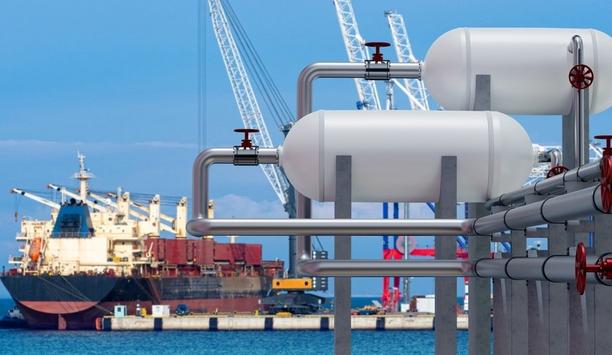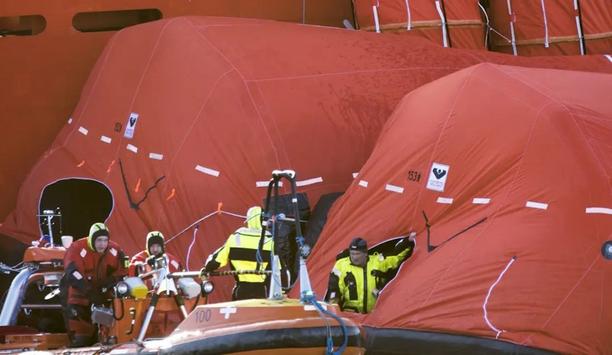The Cygnus Mini ROV Mountable thickness gauge has been specially designed to be mounted onto small observation ROVs with or without a manipulator facility. And most recently, Cygnus worked with the renowned Canadian ROV & crawler specialist-manufacturer “Deep Trekker” – to achieve full integration with their unique and polyvalent ROVs.
Deep Trekker was founded in 2010 in Ontario and has innovation and collaboration at its heart; a perfect match for the application and customer-driven Cygnus.
Subsea Thickness Testing
Cody Warner, Deep Trekker’s Sales Manager explains why the collaboration was initially sought, “Cygnus Instruments is recognised as the leading name in subsea thickness testing and the Mini ROV ultrasonic thickness (UT) gauge has proven itself time and time again and over many years in the subsea industry.”
“And we are delighted that this UT gauge is now available on our ROVs. It has already been successful in multiple different applications with many Deep Trekker customers; the feedback has been extremely positive.”
Ultrasonic Thickness Measurement
The Cygnus Mini ROV UT gauge will allow the operator to carry out an ultrasonic thickness measurement in areas that were unfeasible
Mounted on the highly capable Deep Trekker ROVs, the Cygnus Mini ROV UT gauge will allow the operator to carry out an ultrasonic thickness measurement in areas that have previously been unfeasible using larger ROVs or divers.
The Cygnus unit has the famous ‘multiple echo’ technique at its core: the advantages of which include extremely fast and accurate measurements – as well as the ability to ignore coatings up to 1/2 “ (12 mm) thick. The Cygnus gauge is therefore perfectly suited to use with ROVs as minimal surface preparation is required.
The unit is pressure tested to 1,640 ft (500 m) and is therefore suitable for the vast majority of thickness testing applications.
Collecting reliable data
Cody Warner adds that “our customers need more than just visual data to confirm structural integrity and identify where to invest repair dollars. Ballast tank baffles, intake structures, vessel hulls, and potable water tank walls are just a few of the structures where our operators have used the gauge to safely gather thickness data – instead of having manned entry with divers.”
“Gathering the data is really easy and reliable, whether it is conducting a quick spot check on a suspected spot or getting a profile of a whole structure.”










